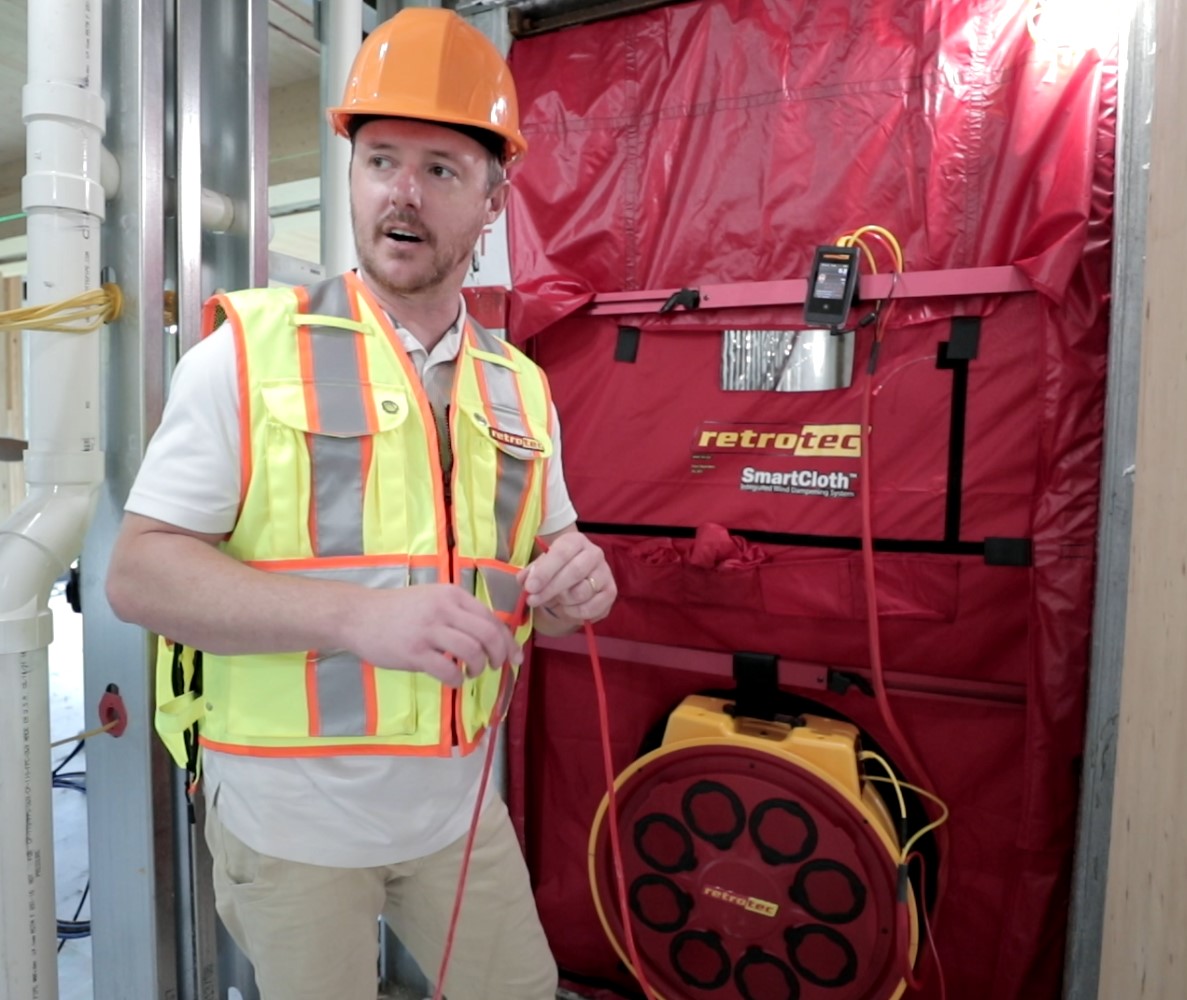Back
Diagnostics & Audits
Welcome to the MAD House
Wednesday, April 9, 2025
8:30 AM – 10:00 AM
Location: Empire A (Level 2)
CE: 1.5 CEU credits
CEU Type(s): BPI, BSI, EA, INTERNACHI, NARI, QCI, RESNET

Sam Myers
Building Scientist
Retrotec
Wilmington, North Carolina
Noah Lawrence (he/him/his)
Technical Trainer and Customer Success Lead
Retrotec
PARISHVILLE, New York
Many building-related problems, such as moisture, efficiency and durability are direct results of air leakage. But how well do we truly understand, and deal with, air leakage? For energy audits and HERS ratings, we use a blower door to measure how leaky a structure is. However, our buildings rarely function under the 50 Pascal test pressure that is maintained during this test. Using a custom-built house simulator, you’ll learn plenty more about air leakage and the answers to some important air leakage questions including: How does air leakage affect the operation of a structure? What does air leakage look like in real time? How can we measure the effects of air leakage? What are the factors that cause air leakage? What problems do air leakage cause? As part of this session, you’ll learn about a concept first introduced to us back in the 80s by John Tooley and Neil Moyer called MAD AIR (Mechanical Air Distribution and Interacting Relationships) and why air leakage simply cannot be overlooked. If you teach your students about air in structures, and we know you do, you will definitely need to attend this session!
Learning Objectives:
By attending this session, attendees will:
- Learn the types of issues air leakage can cause in a building
- Learn the different types of air leakage and what drives them
- See a live demonstration of air leaks in a house in a variety of scenarios
